Doing laundry is already a tedious chore on its own, and a clogged laundry tub only adds up to the hassle. Let’s face it: a clogged drain can be frustrating to deal with. Water not draining properly can lead to an unpleasant odor, standing water, and eventually, flooding. But don’t worry, fixing a laundry tub drain is not rocket science. In this guide, we’ll show you how to fix a laundry tub drain and avoid facing a backup in the future.
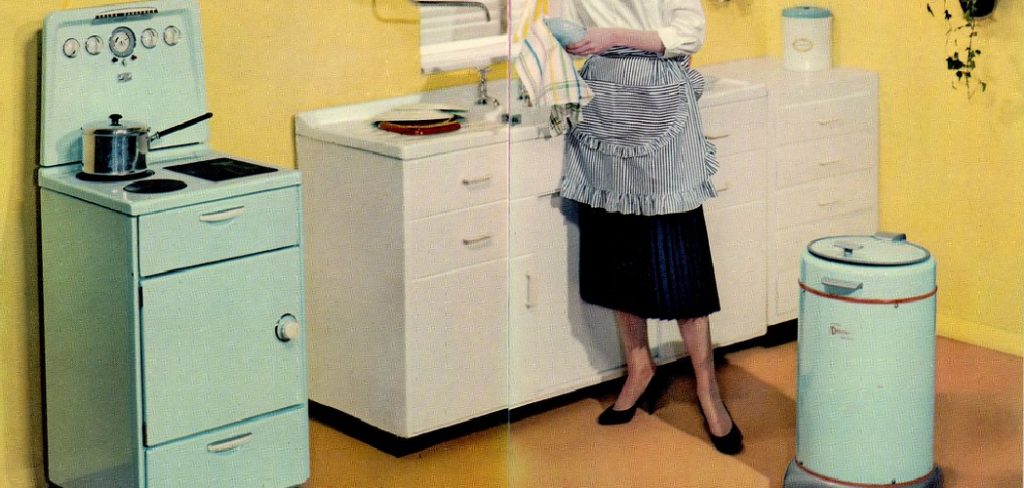
Can You Fix a Laundry Tub Drain?
If you’ve got a clogged laundry tub drain, fear not! While it may seem daunting, fixing a laundry tub drain is quite simple and can save you a lot of money on plumbing fees. The first step is to identify the cause of the clog. Sometimes it could just be a buildup of soap scum, hair, or debris. Other times, it could be a more serious issue, like a broken pipe or tree roots growing into your home’s plumbing system. The tools needed to fix the drain will depend on the severity of the problem. In any case, with some patience and some know-how, you’ll have your laundry tub back up and running in no time!
Why Should You Fix a Laundry Tub Drain?
A laundry tub is an essential part of any home, providing a convenient and efficient way to wash clothes and clean up spills. Unfortunately, over time, the drain in your laundry tub can become clogged with dirt, debris, and other materials. When this happens, it’s essential to fix the drain as soon as possible.
Not only will a clogged and inefficient drain slow down your laundry process, but it can also cause standing water and other unwanted issues. Fixing the drain will ensure that the tub functions correctly and your laundry routine remains intact. Don’t let a clogged drain slow you down – take the steps to fix it today.
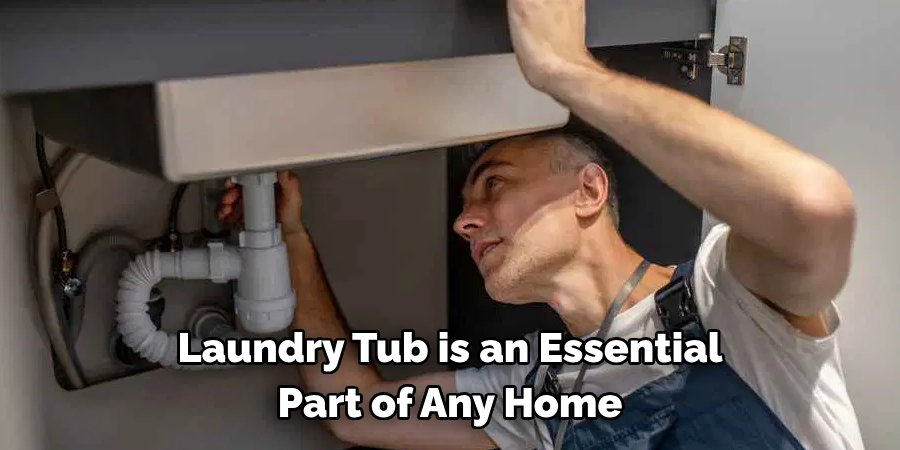
Say Goodbye to Clogs: A Guide on How to Fix a Laundry Tub Drain
1. Get Your Materials Ready
Before unclogging your laundry tub, ensure you have all the necessary tools and materials. You’ll need a plunger, a plumbing wrench, a bucket, a coat hanger, and a drain cleaner. Most of these items can be found in a local hardware store or home improvement center. Some chemicals can be harmful, so make sure that you read the instructions carefully, and wear gloves and eye protection.
2. Pump It Up
The quickest solution to unclogging the sink is using a plunger. First, fill the sink with water, then position the plunger over the drain and pump several times. This motion creates suction, which helps loosen the debris causing the blockage. Repeat this process several times. If the plunger is not effective, you can try some alternatives.
3. Use a Wire Coat Hanger
Straighten a wire coat hanger and bend one end into a hook shape. Feed it down the drain and use gentle force to try and dislodge any debris. If you’re lucky, this may be enough to remove the clog.
4. Remove the P-Trap
If the clog is still there, remove the p-trap by using a plumbing wrench. The p-trap is located under the sink and is shaped like a “P.” Before removing it, place a bucket under it to catch any water remaining. With the wrench, loosen the slip nuts that connect the trap to the sink and remove the trap. Clean the trap and get rid of debris. Once everything is clear, reconnect the trap to the sink, tighten the nuts with your wrench, and test the drain for any clogs.
5. Chemical Drain Cleaner
If all previous methods are not effective, chemical drain cleaners may be your last resort. There are different drain cleaners available in the market, and most of them are potent acids that dissolve the clog. However, these chemicals can also be harmful to the environment and can cause irritation to your skin, lungs, and eyes. Always read the usage instructions, wear proper protection, and make sure the area is well-ventilated during use. After pouring the cleaner down the drain, let it sit for a specific amount of time, depending on the instructions. Then flush the drain with hot water.
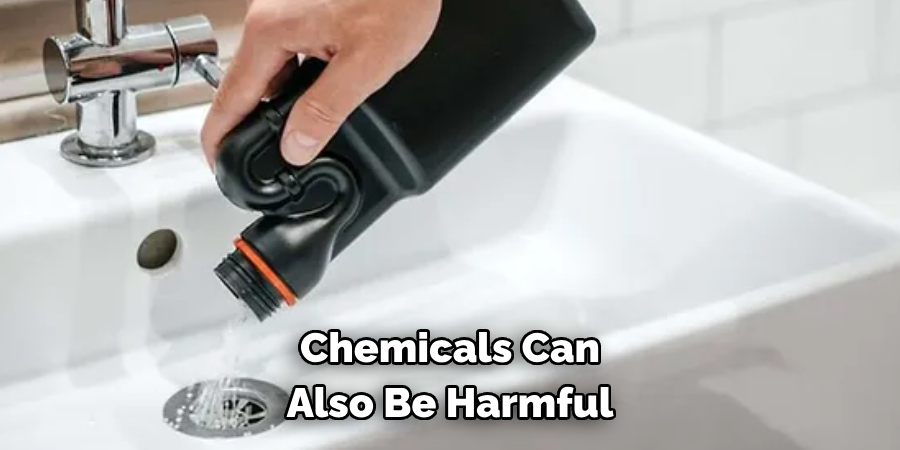
6. Use a Plumbing Snake
If you’re still facing issues after trying all previous methods, then it’s time to bring out the big guns – a plumbing snake. A plumbing snake is a long and flexible auger made of metal wire that is used to break up clogs in pipes. You can either purchase or rent one from your local hardware store. Feed the snake into the drain and twist it until you feel resistance. This indicates that you have reached the clog. Push and pull the snake to break up and dislodge any debris.
7. Call a Professional
If none of the above methods work, it’s time to call a professional plumber. They have the necessary tools and expertise to fix any clogged drain efficiently. Additionally, if you are facing frequent clogs in your laundry tub, it may be an indication of a more significant issue with your plumbing system that needs to be addressed by a professional.
5 Considerations Things When You Need to Fix a Laundry Tub Drain
1. Check the Drain Trap
The first step in fixing a laundry tub drain is to check the drain trap. The drain trap is a U-shaped pipe just below the sink that traps debris from entering the plumbing system. If the drain trap is clogged, it can cause water to back up into the sink and prevent it from draining properly. To unclog the drain trap, use a plunger or snake to remove any debris blocking it.
2. Check for Leaks
The next step in fixing a laundry tub drain is to check for leaks. Leaks can occur in both visible and hidden areas of your plumbing system, so it’s important to inspect all of your pipes and fittings for signs of a leak. If you find any leaks, you must replace the affected parts before fixing your laundry tub drain.
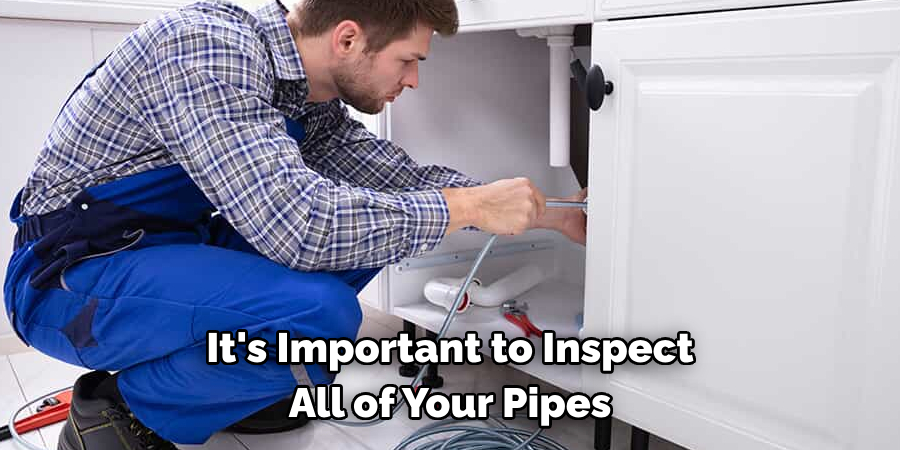
3. Clean Out Any Debris
Once checked for leaks, you must clean out any accumulated debris in your pipes or fittings. This can be done by using a wet/dry vacuum or by flushing out your pipes with a hose or bucket of water. Remove all debris before proceeding with any repairs on your laundry tub drain.
4. Replace Any Damaged Parts
If there are any damaged parts in your plumbing system, they will need to be replaced before you can fix your laundry tub drain properly. Commonly damaged parts include washers, O-rings, and gaskets, which may need replacing if worn out or broken. Be sure to purchase replacement parts that are designed for use with your specific model of laundry tub drain before attempting any repairs yourself.
5. Test Your Repairs
Once you have completed all of the necessary repairs on your laundry tub drain, test them out before using the sink again to ensure that everything is working correctly and that no further issues arise after use. To do this, fill up the sink with some water and then turn on the faucet – if everything works as expected, then your repairs have been successful!
Benefits of Fix a Laundry Tub Drain
Laundry is a critical part of our daily routine, and we don’t often think about the importance of maintaining our laundry area equipment. However, having a well-functioning laundry tub drain can make a significant difference in your life. Fixing a laundry tub drain can have a myriad of benefits. Firstly, it can save you time and water while reducing your water bill.
Secondly, it can help you avoid frustrating situations like clogs and backups. You don’t have to worry about wading through water on your laundry room floor. Finally, investing in the necessary repairs of your laundry tub can increase the lifespan of your appliance and save you money in the long run. Overall, fixing your laundry tub drain is a small but valuable investment that can make a significant impact on your daily routine.
Some Common Mistakes People Make When Trying to Fix a Laundry Tub Drain
No one likes the hassle of a clogged laundry tub drain. It’s a frustrating problem that requires immediate action. But sometimes, the quick fixes we attempt can lead to even bigger problems. One of the most common mistakes people make when attempting to unclog a laundry tub drain is pouring chemicals without reading the labels.
Not all chemicals are created equal, and some can damage your plumbing system. Additionally, too much force when using a plunger can create more damage than success. It’s important to approach this issue with caution. Taking the time to troubleshoot and research the best method for your specific situation can save you a lot of time and money down the road.
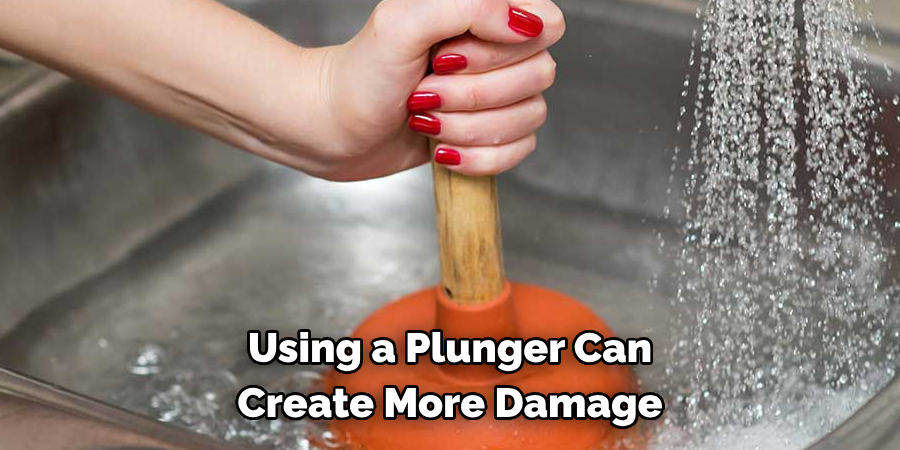
Conclusion
A clogged laundry tub drain can be frustrating to deal with, but it is a problem that you can easily solve. With the help of this guide, you now know how to fix a laundry tub drain without calling a plumber. Remember, prevention is always better than cure. Make sure to avoid clogging your laundry tub by using drain stoppers and regularly cleaning the sink. If all else fails, don’t hesitate to call a professional plumber. Happy laundry day!
